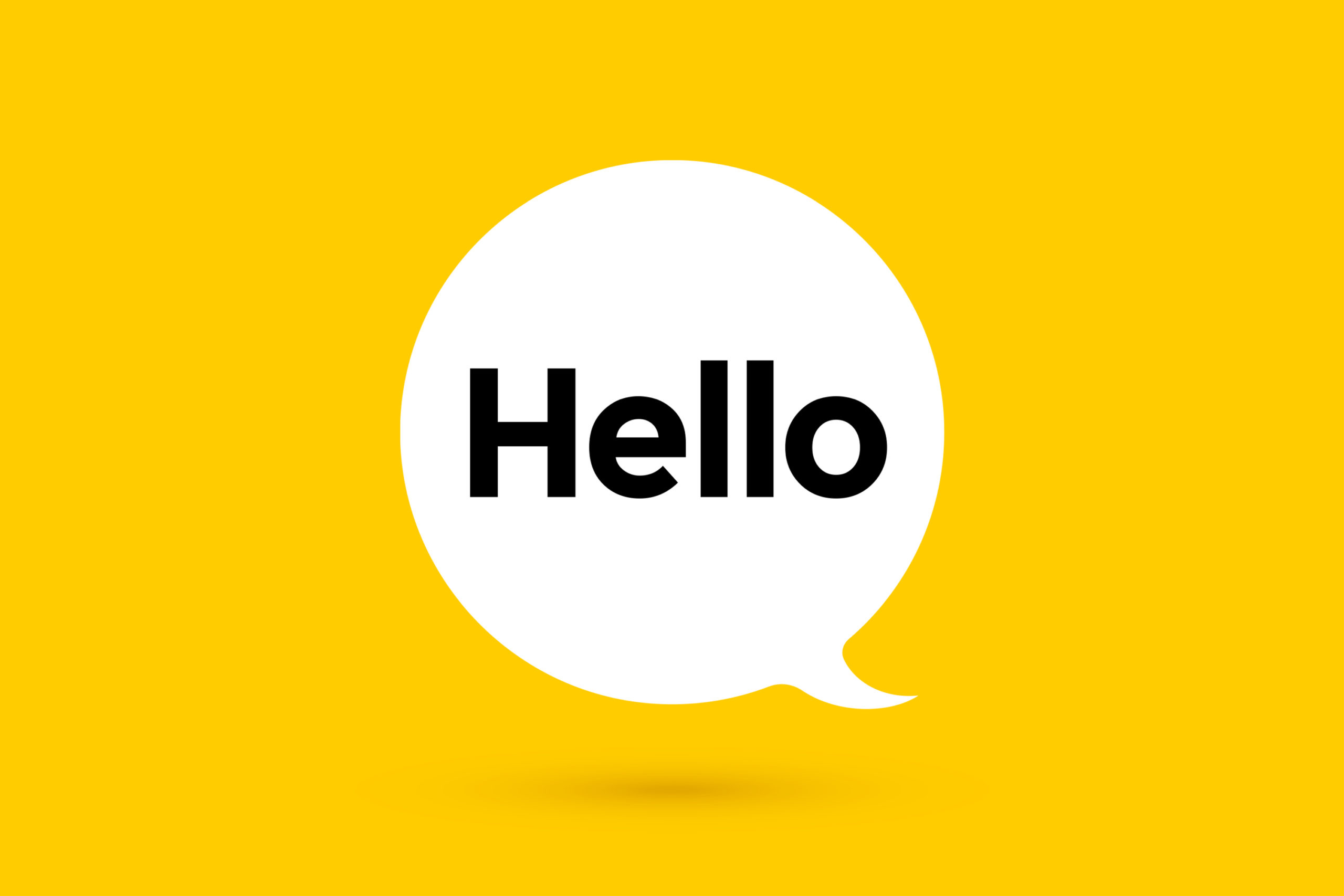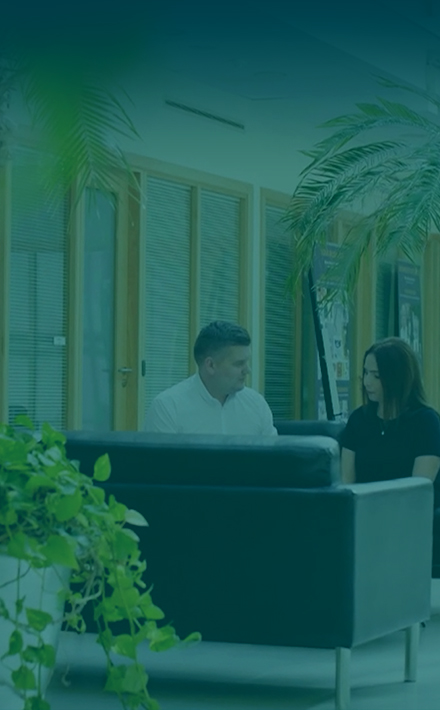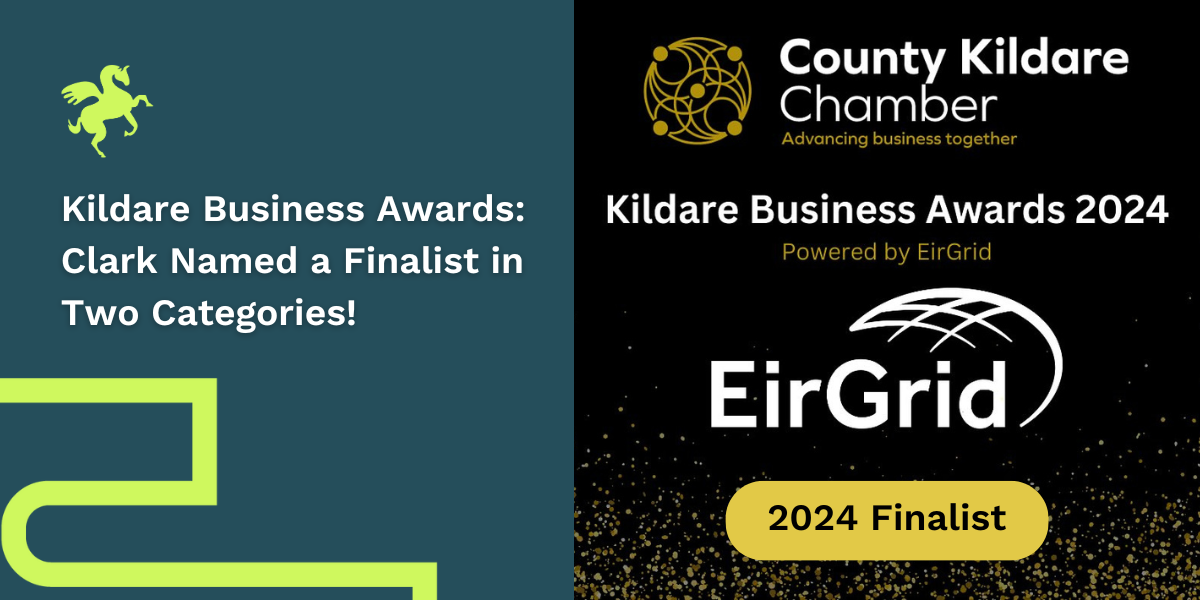
A Simple Way to Introduce Yourself
Many of us dread the self-introduction, be it in an online meeting or at the boardroom table. Here is a practical framework you can leverage to introduce yourself with confidence in any context, online or in-person: Present, past, and future. You can customize this framework both for yourself as an individual and for the specific context. Perhaps most importantly, when you use this framework, you will be able to focus on others’ introductions, instead of stewing about what you should say about yourself.
The stress associated with introducing yourself is common and not without warrant. Everyone’s eyes and ears are on you. It’s easy to mess up. On the other hand, self-introductions are the most direct way to reinforce your desired personal brand. And they can be easy to do.
The secret is using a simple framework: Present, past, and future.
Present
Start with a present-tense statement to introduce yourself:
Hi, I’m Ashley and I’m a software engineer. My current focus is optimizing customer experience.
Nice to meet you all. My name is Michael and I’m the creative director. I work in the Brooklyn office.
Of course, what you share will depend on the situation and on the audience. If you are not sure what to share, your name and job title is a great place to start. If there’s an opportunity to elaborate, you can also share other details such as a current project, your expertise, or your geographical location.
Past
The second part of your introduction is past tense. This is where you can add two or three points that will provide people with relevant details about your background. It is also your opportunity to establish credibility. Consider your education and other credentials, past projects, employers, and accomplishments.
My background is in computer science. Before joining this team, I worked with big data to identify insights for our clients in the health care industry.
I’ve been at the firm for eight years. Most recently, I worked on the Alpha Financial account, where last year’s campaign won us a Webby award.
Future
The third and last part in this framework is future-oriented. This is your opportunity to demonstrate enthusiasm for what’s ahead. If you’re in a job interview, you could share your eagerness about opportunities at the firm. If you’re in a meeting, you could express interest in the meeting topic. If you’re kicking off a project with a new team, you could talk about how excited you are, or share your goals for the project.
I’m honored to be here. This project is a significant opportunity for all of us.
I’m excited to work with you all to solve our clients’ biggest challenges!
That’s it for the self-introduction framework. Present, past, future. Eloquent and effective. By using this approach, you’ll not only introduce yourself better, but it also frees you from ruminating on what you’ll say when it’s your turn to introduce yourself and allows you to listen when others introduce themselves. You will also make it easy for the person who introduces themselves after you, since you’ll conclude your self-introduction with positive enthusiasm.
The next time you’re in a meeting and someone says, “Let’s go around the table and introduce ourselves,” you know what to do. Take a slow, deep breath, and think, “Present, past, future.” Then smile and listen to everyone else until it’s your turn. You got this!
(Source: https://hbr.org/2022/08/a-simple-way-to-introduce-yourself)











